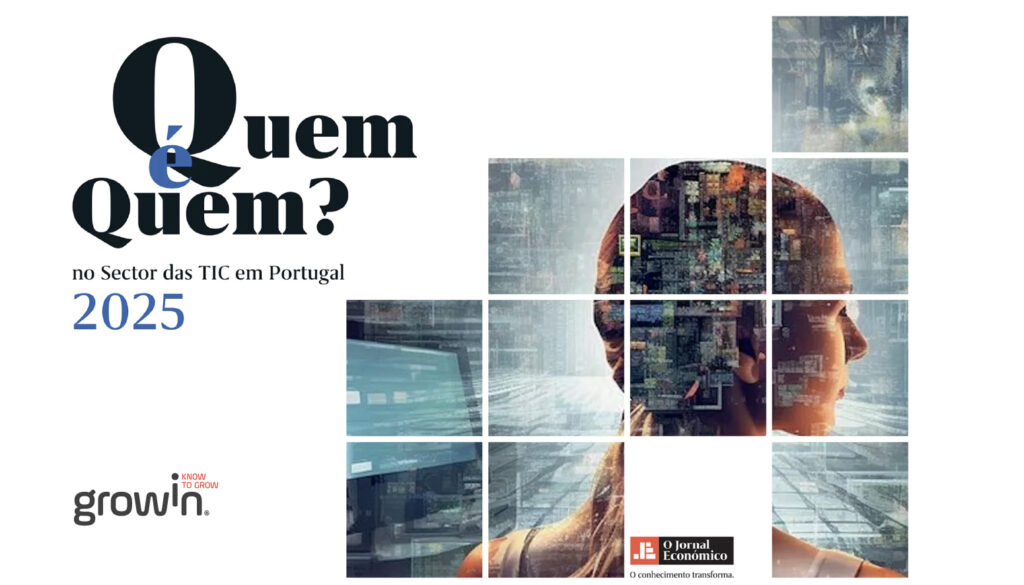With the COVID-19 pandemic, how do we adapt our career goals and manage to stand out in the job market? What investments should we make in a decade that started with an unprecedented challenge on a global scale?
These are the big questions that many want to have answered—some because they want to shift careers to an area with a greater probability of professional success, others because they simply want to enhance their skills. However, important questions demand reflection: on the path that we intend to take, how much do we want to risk, guarantee and change? These questions and decisions will inevitably have to take into account the atypical year that was 2020 and what 2021 is expected to be—a year of transformation.
In October 2020, the report on the Universum’s Employer Branding NOW 2020 study carried out during the peak months of COVID-19 looked at various topics, such as what top professions and skills to invest in the next 5 years, that is, during the pandemic and post-pandemic years.
However, to analyze the evolution of careers and what will be valued by companies, it is necessary to take into account the effects—direct and indirect—environmental, economic, technological, and in terms of health, among others. Reality is always shaped by the context that surrounds it, the advantages and the adversities, and it is along this line that this analysis is situated.
The pandemic transformed previously important issues by making them crucial to respond to. The urgency to keep people connected, functional, and close without physical contact, and, in turn, the strength of the economy explains, in part explain the boom in the technology sector.
By 2025, about 97 million new functions associated with technology and algorithms such as data science, AI (Artificial Intelligence), machine learning, robotics, software development, IoT (Internet of Things), and cybersecurity are expected to emerge. The need arises from the speed at which everything happens online and the risks that exist there.
At the same time, sectors such as environmental, health, and manufacturing are transforming themselves into greener economies, revolutionizing forms of production and creating new services. This leads to a greater demand for material engineers, social media specialists, geneticists, and renewable energy engineers.
On the reverse side of the coin, papers linked to standardized, manual, bureaucratic, and low-creativity functions (e.g. administrative, salespeople, mechanics, and factory workers) appear at the bottom of the table.
In the last 5 years, 72% of new professionals who entered the data analysis and AI market did not come from training related to information technology or engineering. This shows that these areas are recognized as the future and are, therefore, worth investing in.
The technological revolution is expected to evolve in the coming years. For the success of human interaction, one of the crucial steps to take in order to have fluidity in the new economy is the adaptation to multidisciplinary teams with different academic backgrounds.
However, there are challenges that arise during a change in career path, even one that’s desired and planned. Only 50% of those who wanted to change their careers to full-time (who came from areas with less professional opportunities or with less training in these areas) managed to move to areas such as data, AI, cloud computing, and human resources; unlike the 75% and 67% who transitioned to functions in sales and engineering, respectively.
Apparently, moving to areas that have less connection with one’s training or experience represents a greater challenge.
Training and continuous learning (upskilling) are crucial in unforeseen and high impact situations, such as the current context in which we live. For this reason, the improvement of hard skills, soft skills, and even career conversion processes (reskilling) are some of the most valued points by professionals currently.
Responding to this demand, there is a clear tendency for companies to invest more in training. Nowadays, the level of access to reskilling and upskilling for employees is 62% and it is expected that by 2025 it will increase by 11%.
Due to the evident need for people to transform and become more resilient, many of the most valued skills have been those with a greater focus on what makes each person unique and flexible.
In addition to innovative, analytical thinking, and problem-solving, which have remained at the top of the most requested skills, active learning, critical thinking, creativity, leadership, technological skills, resilience, stress tolerance, and flexibility are paramount in 2021.
There is something that we must highlight from 2020 along these lines, which arose from the analysis of the use of the e-learning platform Coursera. It was concluded that, after the first months of the COVID-19 pandemic, the focus of training began to diverge in two ways: technical training in the field of information technologies increased (especially among unemployed people), as did training in personal development (mostly among employed people), such as mindfulness, meditation, and gratitude.
This last point is indeed interesting, as there is an apparent increase in concern and time invested in the area of soft skills and personal development when professional needs are stable. These data show not only that people are sensitive to this topic but also recognize the importance of these skills for personal well-being and productivity.
As for reskilling, it is expected that about 40% of current professionals within 6 months or less will have to go through this process, namely in the consumer goods and health industries.
For this to be possible during a pandemic, the trend has been towards the use of online training platforms (such as Coursera). In this case, the demand for online courses quadrupled.
The investment that will have to be made in training is different depending on the career you want to pursue.
While the conversion time to acquire the main skills for professions related to HR, sales, or marketing is between 1-2 months, the time to transition to cloud technology or engineering increases to 4-5 months.
Due to the technicality and specificity of the function, training may be longer and more intense. This is potentially increased further if the professional comes from a less similar background.
After this review, we came to several conclusions. It is important to highlight those that will shape the labor market in the coming years:
- The technological sector will continue to grow, namely in areas such as data science, AI, machine learning, robotics, software development, IoT, and cybersecurity.
- The degree of similarity between one’s professional area/training and the industry that one is intending to enter will determine the ease of change to another function. The more similar the background, the easier the change. The lower this degree of similarity, the more obstacles will be encountered and the greater resilience will be required.
- More technical areas, such as data and AI, may be more difficult to change to, although in the coming years they will be among the most sought after by the market and new professionals. This difficulty is most likely due to the specific knowledge and skills that are valued within these areas (e.g., abstract reasoning and logic). Reflect on what these professionals do in practice, invest in specific training in the area you aspire to, and develop soft skills such as teamwork, reasoning, and planning.
- The most sought-after skills in 2021 and the coming years are based on innovation, creativity, analysis, and resilience. These will be the basis for any professional who wants to be successful and/or who wants to change profession. This supports the need to be different, to know how to stand out from the crowd, and to bring value within a team and a company, instead of following the path already set by just staying “productive.”
- Training is increasingly important for any professional. Investment in training has grown and will continue, both for professionals and for companies. The availability of training tailored to each employee is one of the best ways to recognize added value and invest in a professional’s career. However, it should be continuous, supporting not only a strand of upskills customized to the interests of each but also reskilling of professionals who intend to change professional areas. Investment in comprehensive training approaches, such as internal, external, more formal, and informal methods, is relevant to reach everyone in the way that best suits them. The available topics must also be diversified in order to meet what the person feels is most in need of investing, whether with more personal or technical development.
All of these issues must be addressed by those who intend to invest in a career change or simply want to take the next step to become better professionals in 2021. Technological companies like Growin have a challenge on their hands to keep attracting, retaining, and motivating professionals in the technological field.
Among several points, the key may be in betting on the people who are part of the company, in the potential and in the skills that employees already have at the moment and those that they can develop with the company through training and monitoring.
In this sense, an IT consulting firm like Growin—which invests in the professional and personal development of its Growinners*—can make a difference by providing the essential tools that its employees need to adapt to the new times ahead.
*the name given to people that make part of Growin


